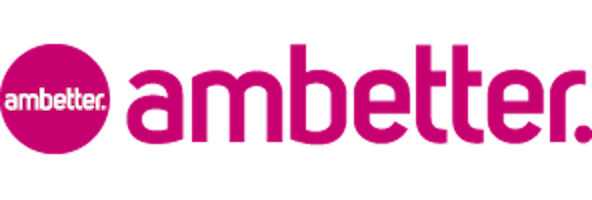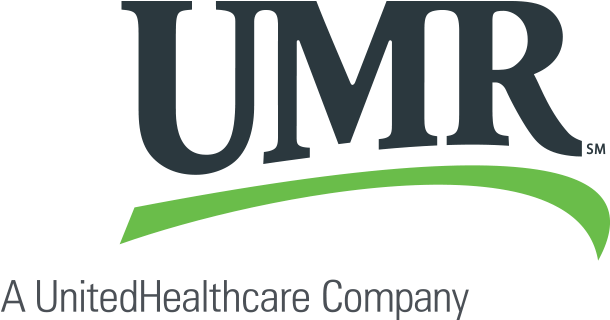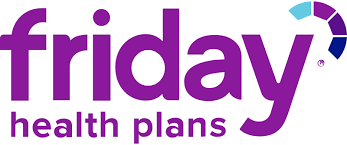Table of Contents
TL;DR:
- Success in drug rehab is complex, but over 22 million Americans have achieved it. It includes abstinence, improved health, mental wellness, and social life.
- Motivation, support networks, and the right treatment program are all important for increasing the likelihood of success.
- Most people who face addiction eventually recover. Treatment significantly increases those chances.
- Relapses happen. They are a common part of the recovery journey, not a sign of failure.
- Finding a good rehab program is key. Look for evidence-based therapies, accreditation, and strong aftercare support.
Recovering from drug addiction is often a long, challenging journey with its ups and downs. Many individuals and families navigate this path, balancing hope and uncertainty along the way.
One of the biggest questions they often ask is, “What is the success rate of drug rehab?” It’s only natural to want reassurance that treatment can truly work.
While there’s no simple, clear-cut answer, let’s take a look at the factors that impact success, how it’s measured, and what the research has to say.
Defining Success in Drug Rehabilitation
Defining “success” in addiction recovery isn’t straightforward. It’s not just about staying completely drug-free. Drug rehabilitation success rates depend on many factors and can be measured in a variety of ways.
While complete abstinence from all substances is important, a more well-rounded approach recognizes that success can include other aspects of a person’s life, such as:
- Improved physical health: Recovery often means addressing health issues caused by substance abuse and building healthier habits.
- Mental well-being: Managing co-occurring mental health disorders and learning coping strategies is key.
- Social functioning: Rebuilding relationships, finding stable housing, and securing employment are vital for reintegration into society.
Ultimately, success is a personal and evolving concept. It’s about progress, not perfection. Someone who relapses but gets back into treatment and keeps working toward their goals can still be seen as successful. Drug treatment success rates become more meaningful when they acknowledge these individual journeys.
Factors Affecting Drug Rehab Success Rates
Understanding drug rehab success rates means recognizing the many factors that shape a person’s recovery journey. These factors generally fall into two categories: individual traits and program-related elements.
Individual Factors
- Motivation and Commitment: A person’s drive and willingness to engage in the recovery process are crucial. Those ready to make changes and put in the effort often see better results.
- Severity and Duration of Addiction: The substance used, how long the addiction has lasted, and its intensity all influence treatment outcomes.
- Mental Health Disorders: Struggles like depression, anxiety, or trauma can make recovery more challenging. Treating both addiction and mental health issues together is often essential.
- Social Support Network: Having support from family, friends, or groups can make a huge difference. Positive relationships offer encouragement, accountability, and a sense of connection.
Program Factors
- Treatment Type: Programs like inpatient, outpatient, residential, or intensive outpatient are designed to meet different needs. Finding the right fit is key to success.
- Quality and Accreditation: A program’s quality—its staff, facilities, and approach—plays a big role in outcomes. Look for ones accredited by trusted organizations.
- Treatment Length: How long treatment lasts depends on the person, but longer programs often lead to better results by providing more time for care and skill-building.
- Aftercare and Support: Support after treatment is vital for staying sober. This might include therapy, support groups, sober living options, or relapse prevention plans.
Keep in mind that drug rehab success rates aren’t determined by these factors alone. Everyone’s journey is different, and how these pieces come together shapes their overall progress.
Research and Statistics on Drug Rehabilitation Success Rates
Nailing down exact drug rehab success rates can feel like hitting a moving target. Research gives us helpful insights, but numbers only go so far. Recovery is a personal journey, and stats can’t capture all the unique details of each person’s experience.
However, it can be helpful to look at addiction treatment success rates from reputable sources:
Recovery is Possible
According to the Recovery Research Institute, over 22 million Americans are in recovery from substance use disorder—more than 9% of the adult population. This shows that recovery isn’t just possible; it’s a reality for millions.
Most People Recover
A study by the CDC and NIDA found that 3 out of 4 people who face addiction eventually recover. It’s a hopeful reminder that addiction is treatable.
Treatment Works
SAMHSA reports that over two-thirds of people who complete detox programs say their treatment was successful. It’s a clear reminder of how important professional help is for lasting recovery.
Relapse is Part of the Process
Around 40-60% of people relapse within a year of treatment. But this doesn’t mean failure—it’s often just part of the recovery journey. Many people go on to achieve long-term sobriety after setbacks.
While research offers helpful insights, it’s the bigger picture that matters. Treatment significantly increases the chances of a positive outcome, and recovery is within reach for many.
These statistics paint a picture of hope and possibility for anyone working toward overcoming addiction.
Finding the Right Drug Rehab Program
One of the most important things for lasting recovery is finding a program that fits your unique needs and situation. With so many rehab options out there, it can feel overwhelming. So, how do you choose the right path for yourself or a loved one?
Here are some things to keep in mind:
- Evidence-Based Practices: Choose programs that use proven therapies like cognitive-behavioral therapy (CBT), dialectical behavior therapy (DBT), motivational interviewing, or medication-assisted treatment (MAT).
- Accreditation and Licensing: Make sure the program is accredited by reputable organizations like the Joint Commission or CARF International. This shows it meets quality standards. Also, check for state licensing.
- Treatment Type: Think about the level of care you need, such as inpatient (residential), outpatient, intensive outpatient (IOP), or partial hospitalization programs (PHP). Your choice should match the severity of addiction, co-occurring disorders, and your support system.
- Aftercare Planning: Long-term success depends on a solid aftercare plan. Ask about services like ongoing therapy, support groups, sober living, and relapse prevention strategies.
- Cost and Insurance: Know the program’s costs and whether your insurance covers it. Look into financing options if needed.
Take your time, research your options, and ask questions. Remember, recovery is possible, and seeking help is a sign of strength.
Beyond the Numbers
The bottom line is this: recovery is possible. Millions of people have overcome addiction and created fulfilling lives in recovery. With the right support, commitment, and a treatment plan that works for you, you can too. Don’t let doubts about rehab success rates stop you from getting the help you need.
Take that first step today. Contact Infinite Recovery and start your journey toward a healthier, happier life free from addiction.

















